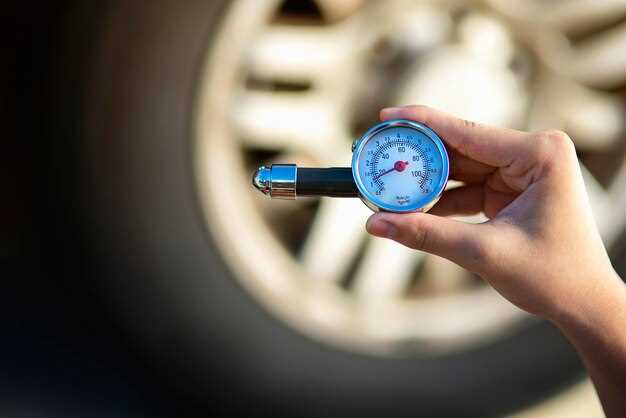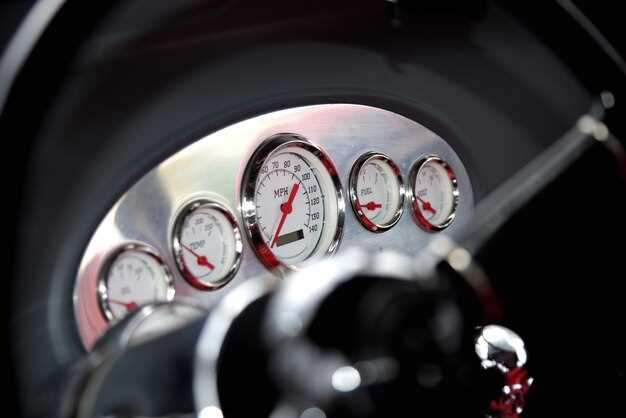
The performance of classic cars is influenced by numerous factors, but one of the most critical is the compression ratio. This engineering parameter plays a decisive role in determining how effectively an engine converts fuel into horsepower. A higher compression ratio allows for more compressed fuel-air mixtures, resulting in greater energy extraction during combustion. When optimized correctly, this can lead to significant improvements in overall vehicle performance.
In classic cars, where the engineering principles often date back several decades, understanding the implications of compression ratio is essential. engines with lower compression ratios may struggle to produce the same power output as those designed for higher compression levels. The balance between engine design, fuel quality, and intended use must be carefully considered to achieve the desired horsepower without causing damage or inefficiency.
Moreover, different fuels react uniquely to varying compression ratios. For classic car enthusiasts, this means that selecting the right fuel can maximize horsepower potential and enhance driving dynamics. By analyzing the impact of compression ratio on engine performance, enthusiasts can make informed modifications that maintain the spirit of classic automobiles while unlocking new levels of power and efficiency.
Understanding Engine Compression Ratios in Vintage Vehicles

The engine compression ratio is a crucial factor influencing the performance of vintage vehicles. It is defined as the ratio of the maximum cylinder volume when the piston is at the bottom dead center to the minimum volume when the piston is at the top dead center. This measurement directly affects how efficiently the engine can convert fuel into horsepower.
Higher compression ratios typically lead to increased engine efficiency and greater horsepower output. In vintage vehicles, where technology may not be as advanced as in modern cars, understanding the optimal compression ratio becomes essential for performance tuning. Many classic cars were designed with lower compression ratios that suited the fuel available at the time, which often contained lower octane levels.
As enthusiasts modify vintage engines for better performance, adjustments to the compression ratio can be made. However, this must be balanced carefully against the type of fuel being used. Higher compression engines require higher octane fuels to prevent knocking, which can damage engine components.
Moreover, the relationship between compression ratio and horsepower is not linear; small changes can yield significant power increases. Mechanics often note that increasing the compression ratio can lead to exponential gains in power, provided the correct fuel and tuning accompany this change.
In summary, understanding the engine compression ratio is vital for maximizing the performance of vintage vehicles. It enables car enthusiasts to make informed decisions regarding modifications, ensuring that the balance between fuel efficiency and horsepower is achieved while preserving the characteristic charm of classic cars.
How Compression Ratio Affects Horsepower and Torque Output
The compression ratio of an engine plays a critical role in determining its horsepower and torque output. Defined as the ratio of the maximum to minimum cylinder volume, a higher compression ratio typically allows for greater thermal efficiency. This efficiency translates into more power being generated from the same amount of fuel.
When an engine operates with a higher compression ratio, it compresses the air-fuel mixture more tightly before ignition. This results in a more explosive combustion process, enhancing the energy extracted from the fuel. Consequently, engines with elevated compression ratios can produce more horsepower without increasing the overall displacement.
Torque production is directly influenced by the compression ratio as well. A higher compression setting improves the engine’s ability to create torque at lower RPMs, making the vehicle feel more responsive and powerful during acceleration. In classic cars, where enthusiasts often seek to balance power output with engine reliability, selecting the optimal compression ratio becomes crucial.
However, there are also limitations when increasing the compression ratio. Higher compression can lead to engine knocking, requiring the use of higher octane fuel to mitigate the risk of pre-ignition. Therefore, while raising the compression ratio can enhance performance, it is essential to consider the engine’s design and fuel quality to achieve a balance between power and reliability.
In summary, the compression ratio is a fundamental factor that significantly affects both horsepower and torque in an engine. Adjusting this ratio can lead to improvements in performance, but it must be approached with careful consideration of the engine’s overall capabilities and fuel requirements.
Practical Tips for Optimizing Compression Ratios in Classic Cars

Optimizing the compression ratio in classic cars is essential for enhancing performance, particularly in terms of horsepower. Here are several practical tips to help achieve the ideal balance for your vehicle.
1. Understand Your Engine’s Specifications
Before making any adjustments, familiarize yourself with the manufacturer’s specifications. Knowing the original compression ratio will guide you in setting realistic goals for improvement without compromising engine reliability.
2. Choose the Right Fuel
Higher compression ratios often require higher octane fuel to prevent knocking. Using premium fuel can help you safely increase compression and maximize horsepower while avoiding detrimental engine conditions.
3. Modify Cylinder Heads
Upgrading or modifying cylinder heads can significantly impact compression ratios. Consider installing performance cylinder heads that have smaller combustion chambers, effectively raising the compression ratio and enhancing performance.
4. Use a Thinner Head Gasket
Installing a thinner head gasket can increase the compression ratio by reducing the distance between the cylinder head and the piston. Ensure that this modification is compatible with your engine design to avoid issues with piston clearance.
5. Adjust Piston Design
Opt for pistons that have a dome shape to increase the compression ratio. However, be cautious as this can alter combustion dynamics. A well-chosen piston design can enhance horsepower significantly.
6. Monitor Engine Timing
Adjusting the ignition timing can enhance the effects of an increased compression ratio. Ensuring that the timing is optimized for the new compression levels can help maximize power output and efficiency.
7. Regular Maintenance
Keeping the engine properly maintained is critical when adjusting compression ratios. Regular checking of spark plugs, fuel injectors, and overall engine health can prevent performance loss and ensure that the improvements provide the desired horsepower increase.
By following these tips, classic car enthusiasts can effectively optimize compression ratios to achieve improved horsepower and overall performance, breathing new life into their vintage machines.
